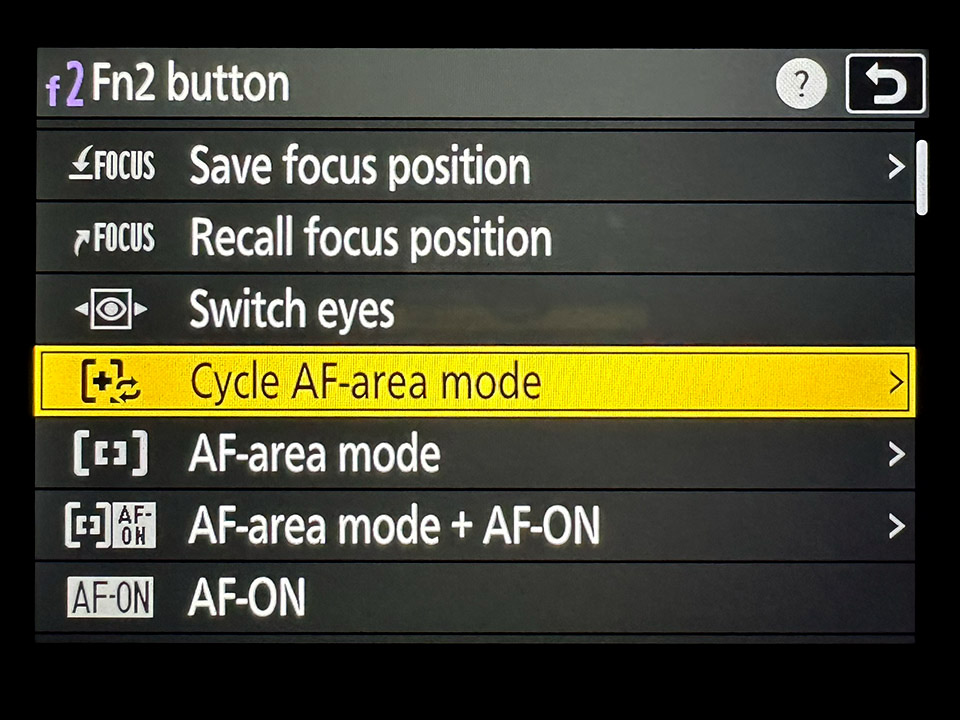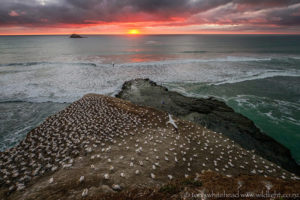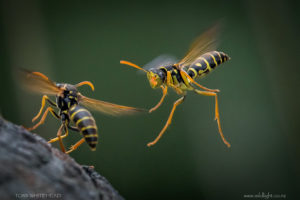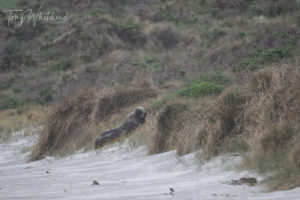Camera setup is crucial to getting the most out of our gear. One of my most popular posts has been my Nikon D500/D850 focus settings for Bird Photography. With mirrorless cameras setup is more complex and more important as there are more options and settings need to be changed for different situations.
I had hoped to share my Nikon Z9 and more recently Z8 settings but this has been an evolution with firmware upgrades and I haven’t wanted to share my settings until they had solidified to an extent. I recently wrote about how the Nikon Z8 was a better camera than the Z9 for bird photography and shared some settings there. The latest Z9 firmware (version 5) update has addressed this as anticipated and I would now place the Z8 and Z9 as equivalent with the Z8 lighter and the Z9 much better in battery life and with inbuilt GPS. Ergonomically the Z8 balances well with smaller lighter lenses (for me up to 100-400mm or 400 f4.5) and the Z9 suits the larger, heavier lenses better (180-600 and 800mm)
My cameras are set to AF-C – continuous autofocus
I set AF activation to back button focus – shutter button only triggers exposure
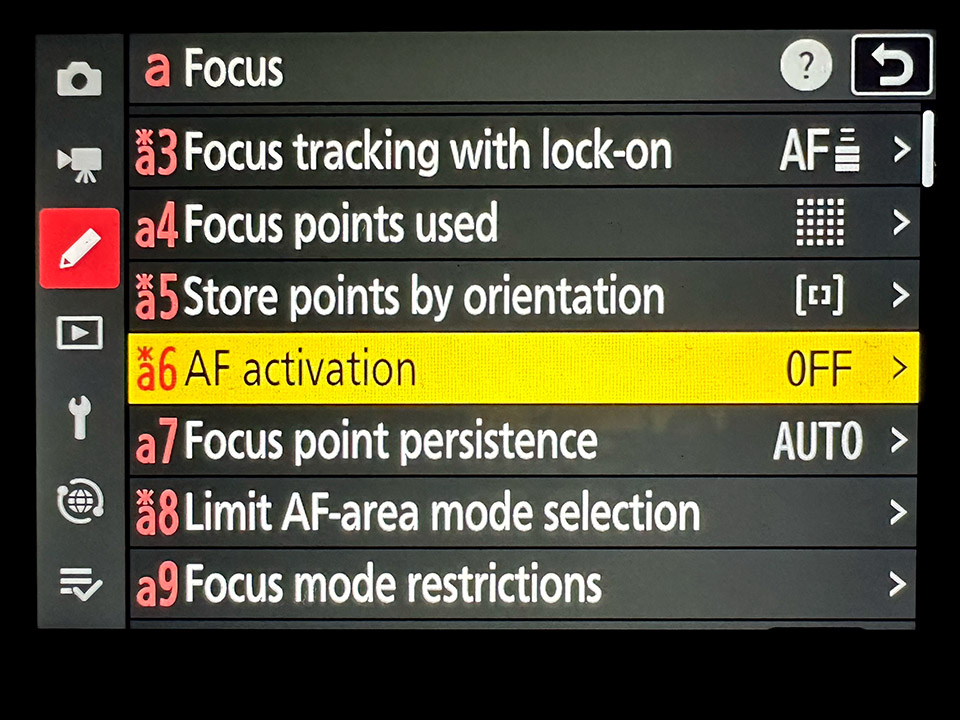
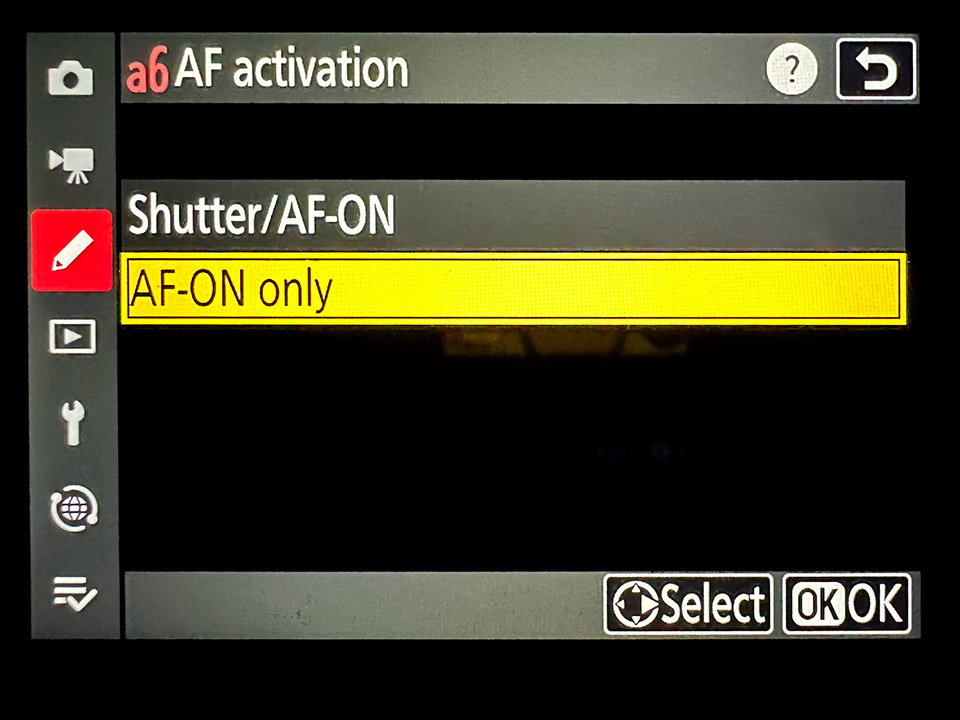
I set subject detection to birds.
My go to mode is Wide Area- Large but I have Fn-2 on both Z9 and Z8 set to cycle AF modes with Wide Area-large, Wide Area-small, C1 and C2 as available options.
C1 is set to just under the whole frame and C2 set to a wide strip through the middle third of the frame. Pressing Fn-2 with my middle finger lets me cycle rapidly through these modes depending on the scene.

I have the joystick set so that a press of this accesses single point focus and AF-on. This lets me pick focus on a small subject in dense habitat. To be fair I need this less and less as the focus algorithm has got better to the point that Wide area – small does a much better job at this than it used to.

Fn-1 (and Fn-3 on Z9) is set to auto area AF so that once I have locked focus on a flying bird I can, by squeezing AF-on and Fn-1 (or Fn-3 on portrait mode with the Z9) between thumb and middle finger I can hand over subject tracking to cover the entire frame which can be useful with some birds in flight.
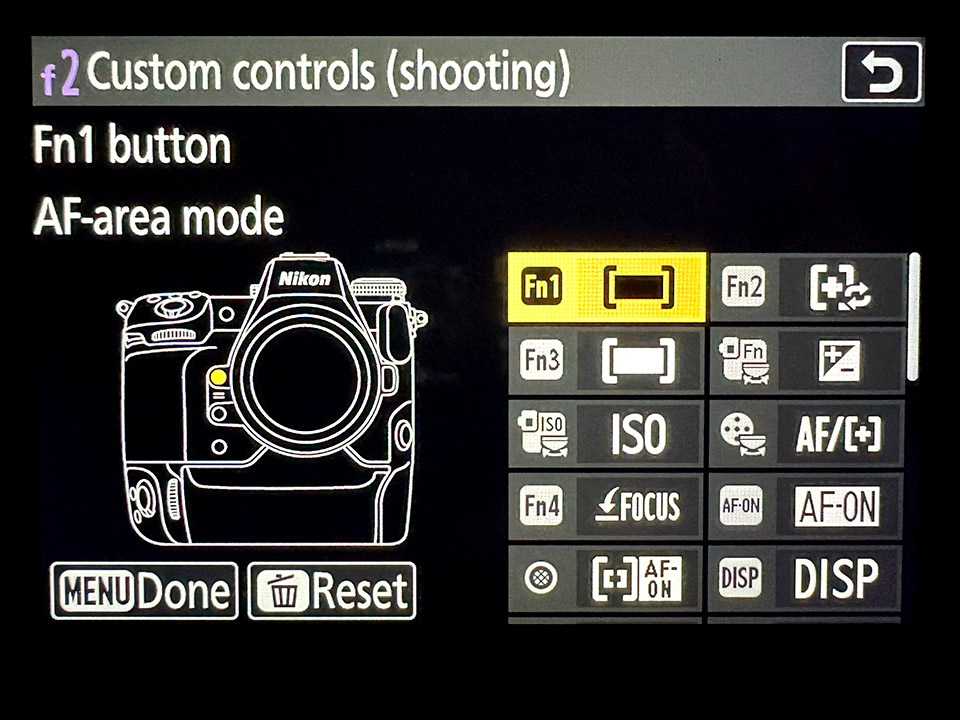
One of my other favourite programmed buttons is recall settings on the video record button. Sitting right next to the shutter button I can change from high speed shutter to slow speed for pan blurs during a fly past. A small move off the shutter and a tap on the record button then back onto the shutter is a delight allowing pan blurs and sharp images from a single sequence.
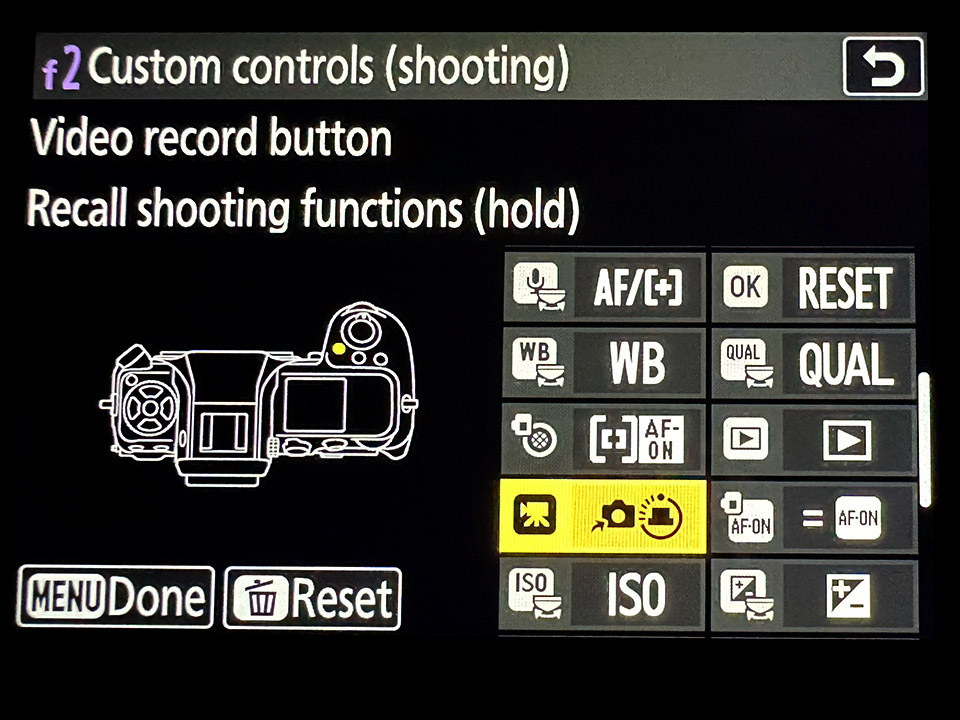
I shoot at 20fps and use HE RAW files. As posted previously I cannot see a valid reason to use HE* other than as an anxiety mitigating strategy.
None of this is set in stone and the amazing thing with these bodies is the degree of customisation that is available. This allows you to tweak the camera to your needs and preferences. This set-up is what works for me currently but may change. Firmware upgrades have made this a very dynamic thing with huge improvement since the Nikon Z9 launched. Subject recognition is far better since bird mode was added making Auto area AF with subject recognition much more effective. My Fn-1 and Fn-3 were previously set to 3D but now Auto-area with bird detection seems better. The ability to cycle Af modes has been a huge step forward for me and has made these cameras far easier and thus nicer tools to use – the camera (essentially a computer) has had the ability but the interface with the human user is now far better with fewer barriers to efficient use of the technology.
For me there was a significant learning curve involved in the change from Nikon DSLRs to mirrorless. My DSLR set-up was largely set and forget – I knew what to expect from my camera and any shortfalls were my own fault in using the available technology. Mirrorless brought an interface layer that needed adjustment to optimise the camera to the specific situation – the camera was more capable but more complex and navigating the interface was part of the learning curve. Firmware updates have improved the camera capabilities and now simplified the interface so that common adjustments can be easily made on the fly.
In reality most of my time is spent in wide-area large, some time in wide-area small (this is now even useful for small birds in busy environments) and when struggling I can use single point on the joystick to pick out a small bird in dense habitat.




